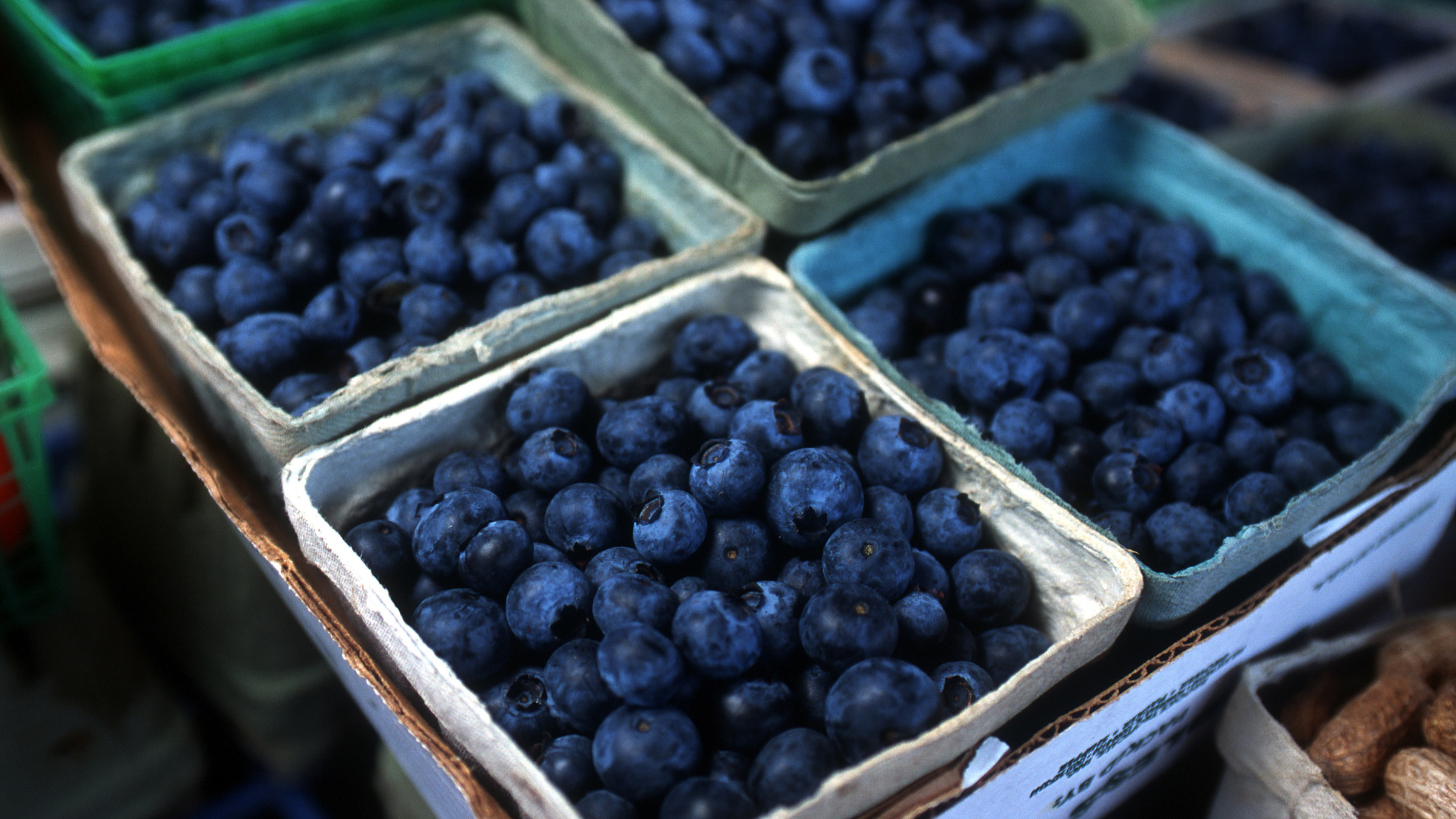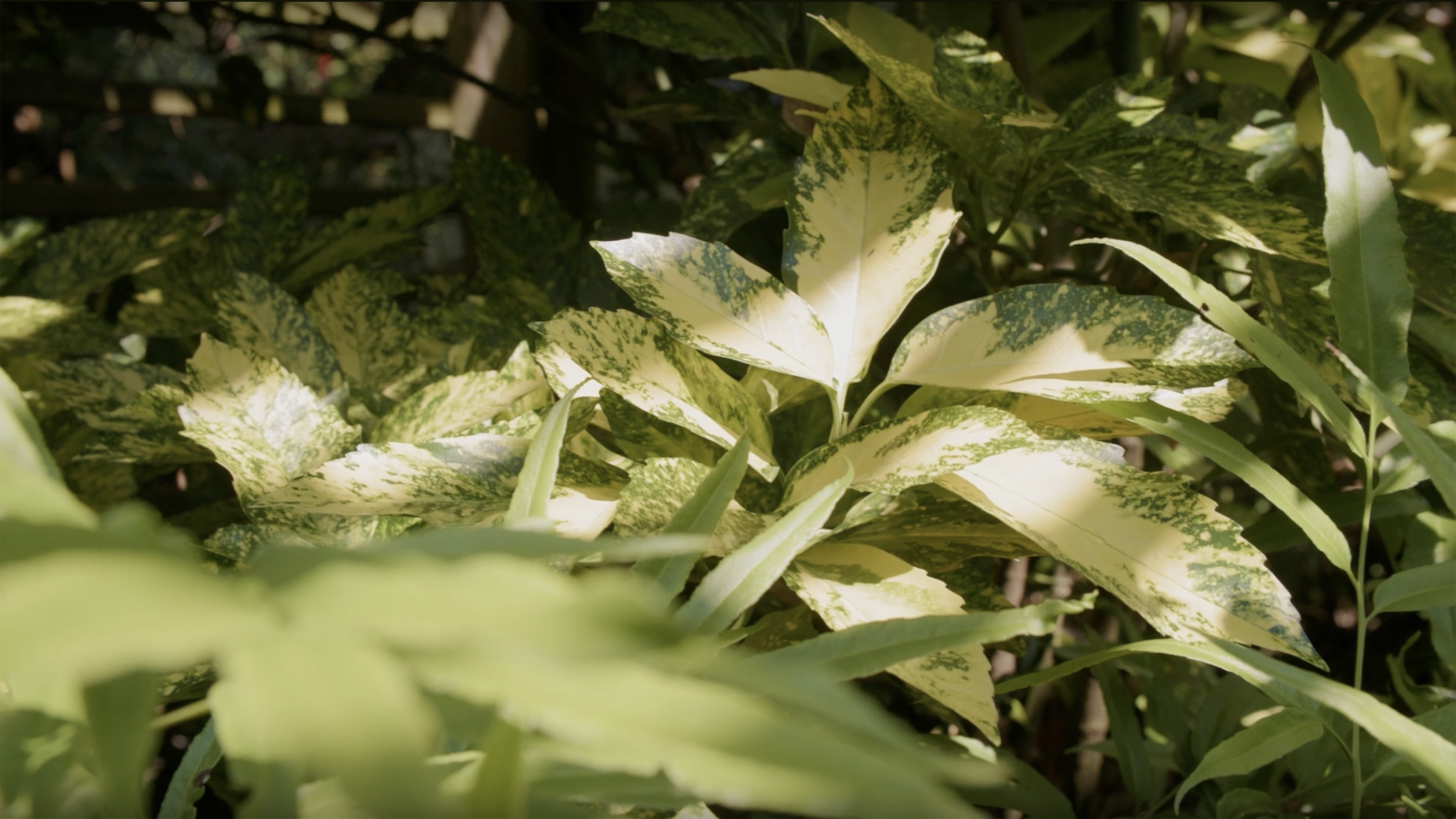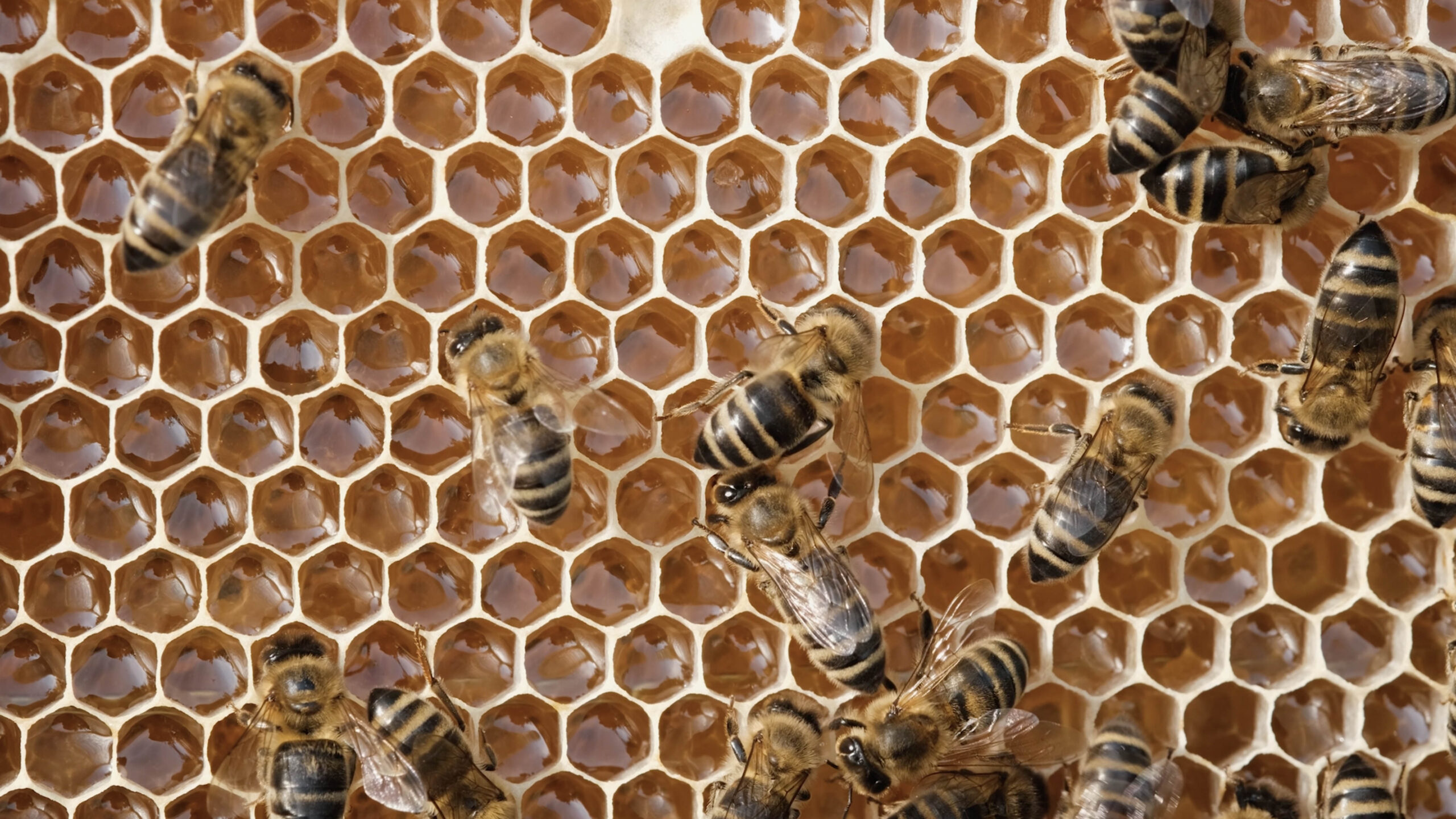Even if you’re too young to remember Fats Domino’s Blueberry Hill, if you’ve spent any time in North Carolina during the summer you’ll understand the thrill of fresh blueberries.
An important commercial crop for farmers in the southeastern portion of the state, North Carolina produces north of 35 million pounds of blueberries each year, which translates into nearly a $55 million industry (USDA-NASS State Agriculture Overview).
North Carolina ranks No. 7 nationally in blueberry production.
While Bladen County and surrounding areas have the best soils for commercial production, blueberry patches and pick-your-own blueberry operations can be found across the state. Or you can do your family a favor and grow your own backyard blueberries.
Fresh or frozen, pureed or canned, every form of blueberry provides a blast of flavor and beneficial nutrients. Join us as Bill Cline, blueberry specialist with NC State Extension, provides a behind-the-scenes look at blueberries in North Carolina!
Berry Health Benefits
A sweet summertime treat, blueberries have become a staple for health-conscious individuals looking to increase their antioxidant intake. Many fruits and vegetables contain antioxidants, with blueberries among the top fruit sources. Studies have shown that antioxidants fight free radicals, preventing or reducing cellular damage that may have a role in fighting disease.
Already considered a “superfood,” research has also linked blueberries to weight loss, improved memory, virus prevention and diabetes management among other health-promoting properties. NC State University scientists led by Mary Ann Lila, director of the Plants for Human Health Institute, are working to better understand the beneficial bioactive compounds in blueberries.
And at just 80 calories a cup, these sweet yet tangy berries pack more than 3 grams of fiber and supply 25% of the daily recommended allowance of vitamin C. Baked, blended into a smoothie, or popped into your mouth from the bush (we recommend washing produce first), this versatile berry can be used fresh or frozen.
- Categories:



